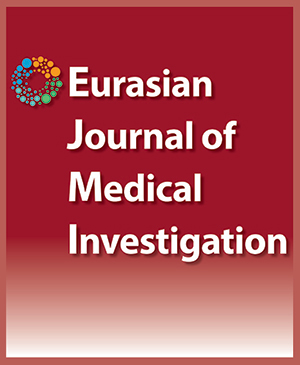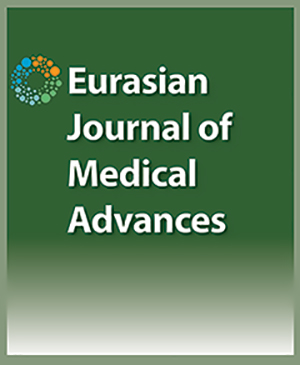

Prevalence of Abnormal Body Posture Among Chinese Children and Adolescents: A Large Population (158.584)- Based Cross-Sectional Study
Lei Yang1, Xinhai Lu2, Bin Yan3, Yeen Huang31Department of Spine Surgery, The First Affiliated Hospital of Shenzhen University, Shenzhen, China, 2Department of Spine Surgery, The Shenzhen Second People's Hospital, Shenzhen, China, 3Department of Spine Surgery, Shenzhen Youth Spine Health Center, Shenzhen, China,
Objectives: Poor body posture in adulthood is often formed from the childhood, and individuals with severe abnormal body posture may associated with the progress to scoliosis. However, there is still a lack of epidemiological evidence in the prevalence of adolescent abnormal body posture compared to scoliosis. Methods: We sample a large representative dataset comprising data collected from 1th to 12th graders using a multistage, stratified-cluster, random-sampling method. Our sample consisted of 158.584 children and adolescents who were screened by visual inspection of clinical signs, the forward-bending test, and the measurement of angle of trunk rotation (ATR). Results: The overall prevalence of abnormal body posture in Chinese children and adolescents was 65.3%, around 3.7% of children and adolescents were referred for radiography. According to gender and age, girls had a higher prevalence of abnormal body posture than boys (76.0% vs. 56.6%, p<0.001), students aged 10-15 and >15 years old had a higher prevalence of abnormal body posture than students <10 years old (64.8% and 71.1% vs. 41.3%, p<0.001). Conclusion: Our findings showed that Chinese children and adolescents have a significantly higher prevalence of abnormal body posture, girls and older students may be an especially high-risk group. Keywords: abnormal body posture, adolescent, children, prevalence, school screening program
Cite This Article
Yang L, Lu X, Yan B, Huang Y. Prevalence of Abnormal Body Posture Among Chinese Children and Adolescents: A Large Population (158.584)- Based Cross-Sectional Study. EJMO. 2020; 4(1): 71-78
Corresponding Author: Yeen Huang



